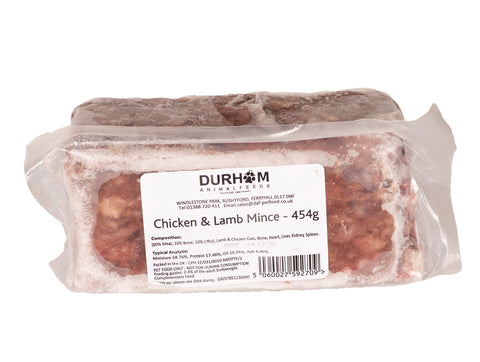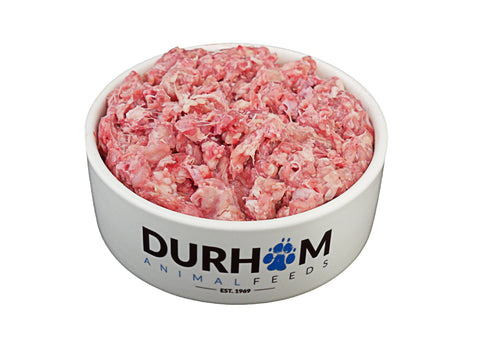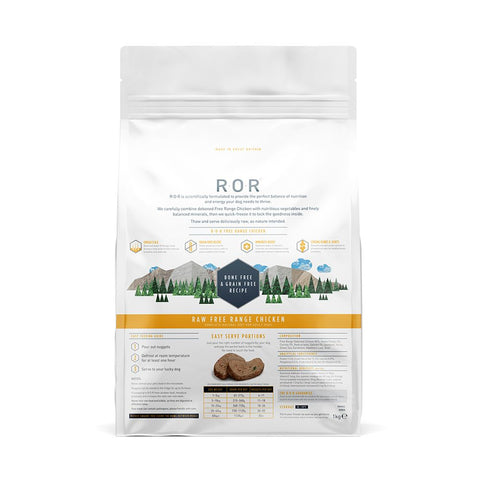Common Fish Diseases, Fungus & Bacteria

White spot / ICK
- Signs – white spots on the skin/scales that look like salt or white sand, they may also be raised. The fish may scratch against objects or flick itself off the substrate, it may have clamped fins and/or gasping at the surface of the water. Darting around the tank and seem agitated.
- Cause – Usually seen in stressed fish and/or where water quality is poor or water temperature rapidly changes/PH fluctuations.
- Treatment – Raise the temperature slowly to about 28 °C and increase the oxygen levels, Rapid increase will create more stress & possibly bacteria.
- Treat the water – remove the carbon from the filter, treat as directed, we recommend either Waterlife Protozin White Spot & Fungus or King British White Spot Control.
Tail, Fin & Mouth Rot
- Signs – A progressive deterioration of the tail and/or fins. Fins become frayed or their colour may fade.
- Cause – A bacterial infection may cause tail, fin and mouth rot in susceptible fish, those who are bullied or injured by fin-nipping tank mates, especially in aquariums with poor conditions.
- Treatment – Follow instructions on the bottle, remove the carbon from the filter. We would recommend Waterlife Myxazin Fin Rot & Ulcers (will treat pop eye, cloudy eye, red veins, wounds & bacterial infections) or King British Fin Rot & Fungus control (Tatty or torn fins, fish have open sores, mouth appears damaged and eroded, white cotton wool like growths appear)
Cotton Wool Disease
- Signs – Cotton wool like growths appear on the fish. ‘Cotton wool disease’ is a general term applied to the most common fungal infections that infect the skin, fins, and mouth. The fluffy white growths often colonize areas where there have been previous infections, parasites, or injuries. The most common types of fungi in these infections are Saprolegnia and Achyla. Other fungi may also cause these infections and there may be more than one species at the site of an infection.
- Cause – Poor water quality, poor hygiene, Fish that are injured, old, or have other diseases, Dead fish or large amounts of decomposing organic material in the aquarium.
- Treatment – Treatment for cotton wool disease in freshwater fish includes salt baths using Freshwater Aquarium Salt or Waterlife White Spot & fungus / King British Fin Rot & Fungus control
Salt water baths
Salt has long been a popular treatment for white spot and velvet. On the whole it is a safe therapy and a good choice for use with fish that react badly to commercial medications. Copper and formalin are both widely used in commercial white spot and velvet medications but are known to stress, even kill, sensitive fish such as loaches, puffers, knifefish, stingrays and some catfish. A salt bath will also stimulate the protective slime coat, which will further enhance the fish’s’ ability to cope with the disease.
Unlike the situation with white spot and velvet, salt is not a useful treatment against external bacterial infections. Infected fish should be treated using commercial antibacterial and antibiotic medications.
There are two types of salt, freshwater aquarium salt and marine salt, for a salt bath you should use freshwater aquarium salt. Marine salt is used for replicating sea water conditions.
Adding salt to your fresh water aquarium is not recommended as you could cause problems to the fish as they won’t be able to cope with the elevated salinity and adds no benefit long term.
To salt bath your fish you will need a bucket, water the same temperature as your tank (chlorine removed) add 1 to 3g of salt per litre of water for about 30 mins.
Fish dips should only be used for new arrivals and when required due to fish disease.
We recommend that you keep an eye on the fish during this time, heavy concentrations of salt can cause fish to lose their equilibrium and ‘roll over’ at this point the fish should be immediately removed and returned to the tank.
Chloramine T
As Chloramine-T dissolves it slowly breaks down to produce hypochlorous acid (HOCl), which in turn releases chlorine and oxygen.
- Do not use it as a high dose dip. Its chemical action will cause serious damage to fish
- Do not allow it to come into contact with metal surfaces as toxic compounds can be formed
- Wear a particle mask and goggles when handling to prevent injury to skin or eyes.
- Toxicity is greatly increased in soft acidic water – only use the low dose.
- Aerate the water vigorously during treatment
- Turn off any UV lamps when using any pond or tank treatments
- Ponds should be cleaned and vacuumed prior to treatment in order to reduce free organics that would affect treatment efficacy
- The breakdown of Chloramine-T is speeded up in sunlight, so treatments are best carried out evenings or on cloudy days.When treating fish always make sure you read the instructions and measure doses accurately.
Top Tip! When stocking your aquarium, ensure fish make suitable tank mates and have plenty of places to hide to prevent bullying or fin nipping.
When the treatments are completed do a 20% water change, put the carbon back into the filter, and slowly put the temperature back too normal. When cleaning your tank make sure you use a gravel vac to remove the cysts that may be resting.
It is recommended to test your water to make sure the parameters are correct.








